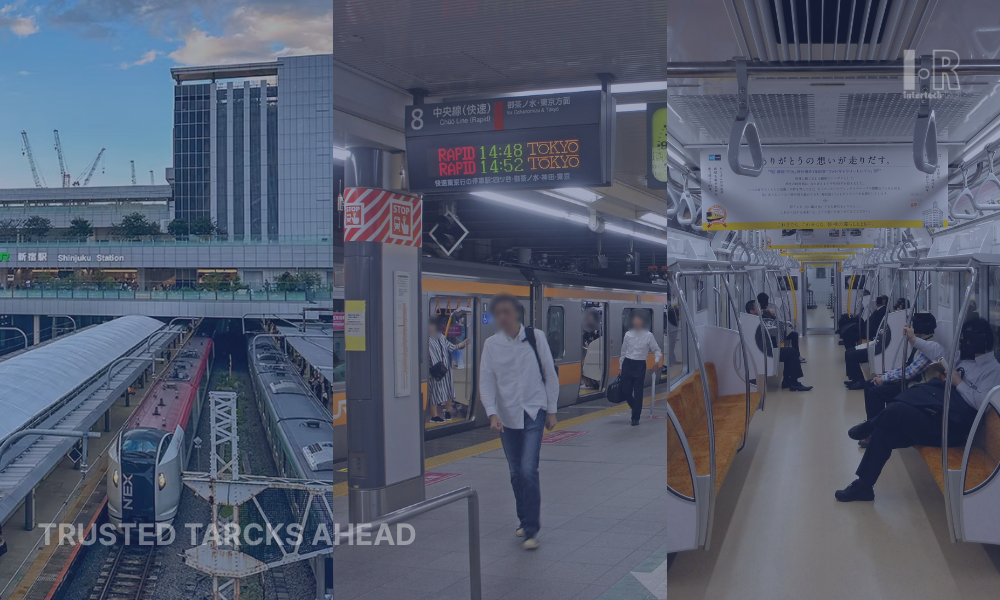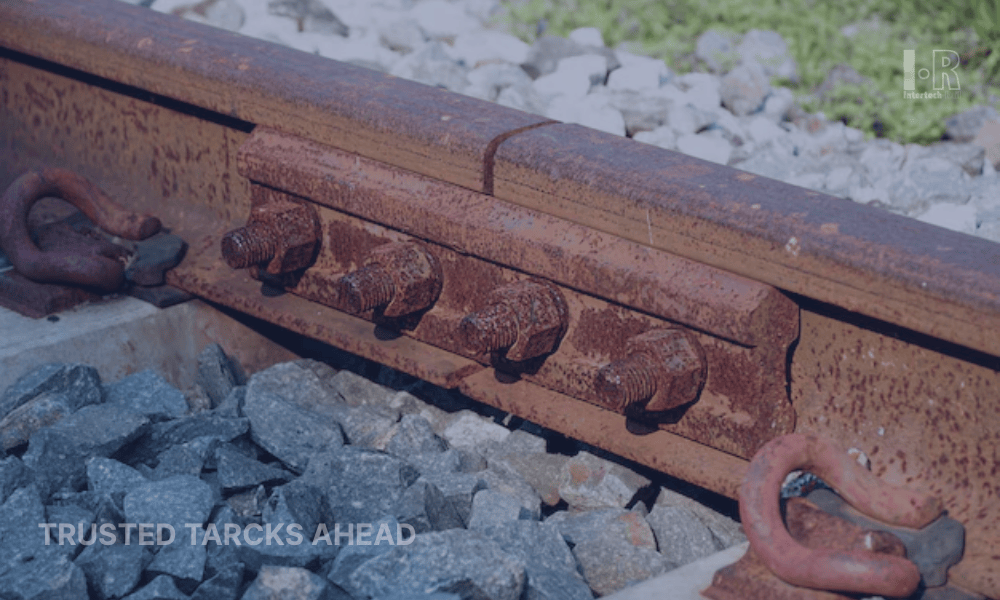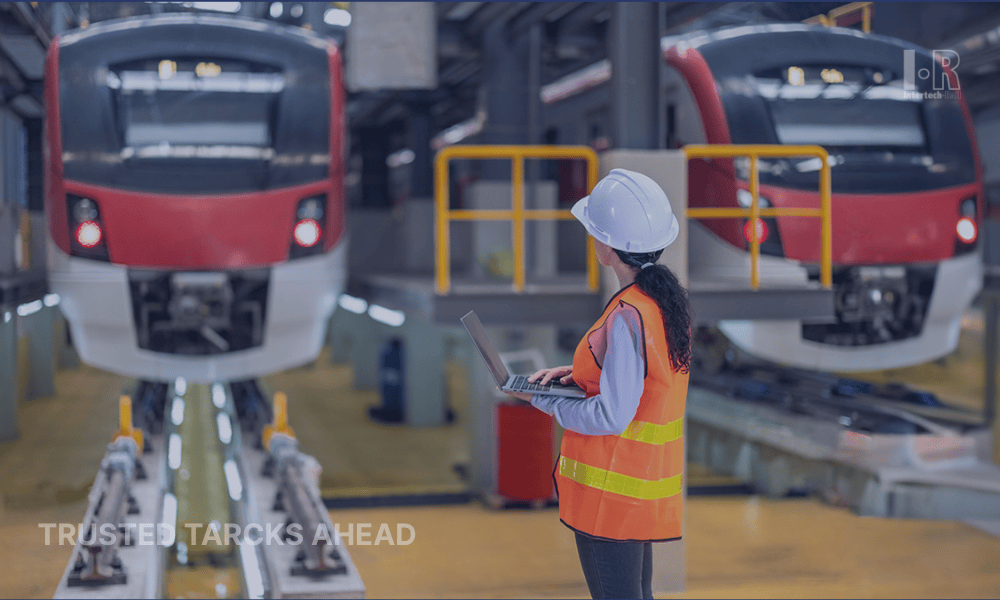Passenger Counting and Flow Analysis
Passenger Counting and Flow Analysis: Systems for Modern Railways

The Importance of Passenger Data in Railway Operations
Moving people is only half the challenge. The other half is knowing how, when, and where they move.
In modern rail systems,
passenger flow analysis is no longer a luxury; it’s a core operational tool. It helps planners see movement patterns, detect overcrowding, and adjust services based on actual behavior instead of assumptions.
The result? A network that reacts, adapts, and works better for everyone on board.
Why Simple Counts Don’t Cut It Anymore
Counting tickets? Not enough. Estimating by turnstiles? Too vague.
Today, passenger counting in rail means understanding entry/exit points, transfer zones, and even how long people stay on platforms. To get this right, operators use:
- Infrared sensors at train doors,
- AI-based video analytics in busy stations,
- Mobile signal tracking to follow macro flows.
This is how people counting technology
reveals the invisible.
Planning Capacity with Real-World Data
Capacity planning depends on timing. Knowing where and when people move lets you:
- Adjust frequency in high-demand corridors,
- Redirect rolling stock based on actual load,
- Prevent platform congestion before it becomes a hazard.
Instead of running blind, operators act with context, powered by rail transit data that updates in near real time.
Passenger Flow Analysis Tools at Work
Here’s a snapshot of what powers modern flow analysis:
Technology What It Tracks Best Use Case
Infrared Counters Heat-based entry/exit detection Doorways, gates
Smart Cameras Motion + behavior patterns Platforms, transfer zones
LiDAR 3D movement mapping Station-wide flow
Mobile Signal Detection Device movement trends Macro crowd dynamics
Each tool adds a layer. Together, they give a clear picture of how passengers behave.
From Data to Action: Making Rail Transit Smarter
Passenger tracking doesn’t just collect numbers, it tells stories:
- Why are more people boarding at off-peak hours?
- Which station exits are most overloaded at night?
- What happens to the flow after a timetable change?
Smart transit systems
take these insights and reshape operations: reassigning staff, tweaking train frequency, or upgrading infrastructure before it breaks.
Why Passenger Data Is the Core of Smart Transit
It’s not just about tech, it’s about awareness. When operators know how people move, the system becomes responsive. A smart transit system uses data to prevent delays, reduce stress, and improve the ride from end to end.
That starts with a count — and ends with action.
Passenger counting isn’t about numbers.
It’s about knowing your system better and treating passengers like part of the process, not just a load to manage.
In modern rail, data is what keeps people and the network moving forward.
Discover how Intertech Rail’s Rail-ID Software
and RFID solutions
can enhance passenger flow analysis and improve efficiency in modern railway operations.




